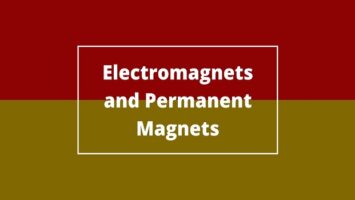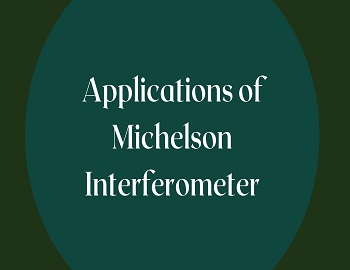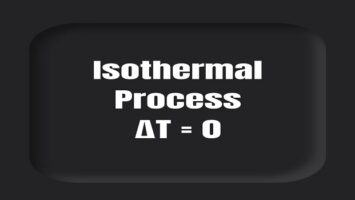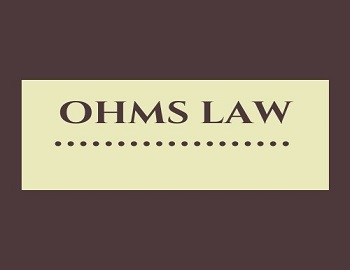Electric Dipole and its Moment:
A system consisting of two equal point charges of opposing signs and separated by a small distance constitutes an electric dipole. The two charges must not be at the same point otherwise they will neutralize each other and there will be no resultant field. Since there are many examples of atoms and molecules in which the positive and negative charges are separated such that they form an electric dipole, the study of an electric dipole is of sufficient interest to justify special consideration. For example, the molecule of hydrochloric acid (HCl) is negative at one end, the Cl end, and positive at the other end, the H end. Any molecule that has some asymmetry of charges acts as an electric dipole. Example- H2O, SO2, CHCl3. However, spherically symmetrical molecules such as CH4, and CCl4 do not act as dipoles.
An electric dipole is characterized by its dipole moment, where the dipole moment is measured by the magnitude of one of the charges multiplied by the separation between the two charges i.e.,
| p = Q (2I) |
where p is the dipole moment and 2I is the separation between the two charges -Q and +Q.

The unit of dipole moment is C x m. The dipole moment is considered as a vector whose direction is along the line joining the two charges and it is directed from -Q to +Q along the axis of the dipole as shown in the figure. The reason as to why the dipole moment should be defined in the manner as given above and treated as a vector directed from -Q towards +Q will become clear when the problem of torque acting on a dipole placed in a uniform electric field E is considered in detail.
The following points should be noted in connection with the dipole moment:
- Its magnitude can be obtained easily by the relation p = Q (2I).
- The unit of p is C⋅m (coulomb-meter).
- The direction of p is directed from -Q to +Q through the dipole. Alternatively, it is along the axis of the dipole pointing in the direction of the emerging lines of force.









Comments (No)